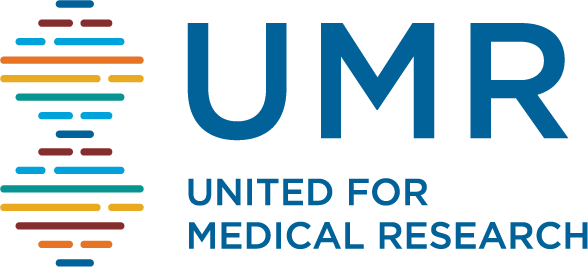May 11, 2017
New Data Shows Negative Economic Impact of Cuts to Every State in the Nation
Washington, DC, May 11, 2017 – If the cuts to the National Institutes of Health’s budget proposed by the White House in March are adopted for fiscal year 2018, new data (link) from United for Medical Research (UMR) shows that there could be a loss of nearly 90,000 jobs and $15 billion in economic activity compared to 2016. NIH-funded research, conducted at academic and medical institutions in communities in every state in the nation, is an engine for medical progress and economic growth. In 2016, NIH research directly and indirectly supported 380,000 jobs across the United States and contributed $65 billion in economic activity.
Since 2011, United for Medical Research has provided an analysis of the employment and economic activity attributable to NIH extramural research spending. UMR’s most recent report, looking at the impact of fiscal year 2016 research spending (link), was released earlier this year. It showed a significant uptick in economic impact over 2015, reflecting the fact that the NIH budget had received a $2 billion boost for 2016 – its first substantial increase in more than 10 years. In its current analysis, UMR took the proposed $5.8 billion cut to NIH and applied it proportionally based on the amount of research funding received in each state in 2016. Such cuts could result in:
- The loss of 89,479 jobs across the United States;
- Twenty-three states that experience a job loss of 1,000 or more and a total of 30 states that lose 500 or more jobs;
- A total economic loss to states of $15.280 billion; and
- Nine states that experience an economic loss of $500 million or more.
“With its last two budgets – for fiscal year 2016 and fiscal year 2017 – Congress has demonstrated its strong bipartisan support for medical research and provided much-needed increases to the NIH budget. We hope that this trend continues for fiscal year 2018 as well,” said UMR President Lizbet Boroughs. “NIH is just beginning to catch up from a very long period of flat funding, and has a long way to go to seize the opportunities that medical research presents to address our most debilitating, costly, and chronic diseases. Slashing funding for NIH now would be devastating to patients and researchers alike and also would have significant economic repercussions.”
United for Medical Research is a coalition of leading research scientific research institutions and industries, and patient and health advocates that have joined together to seek steady increases in funding for the National Institutes of Health. Learn more at www.unitedformedicalresearch.com. For examples of the amazing things that NIH research is making possible, visitwww.amazingthingspodcast.com.
